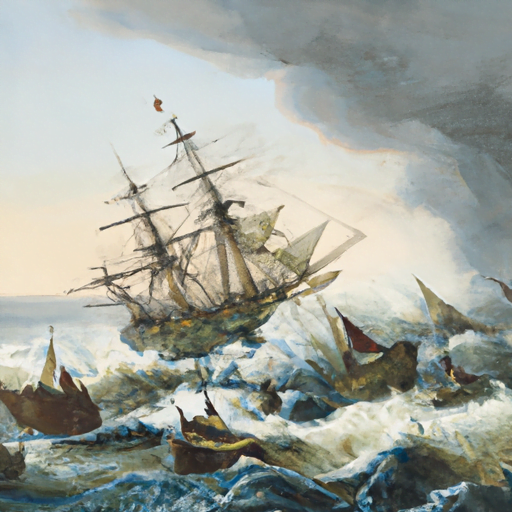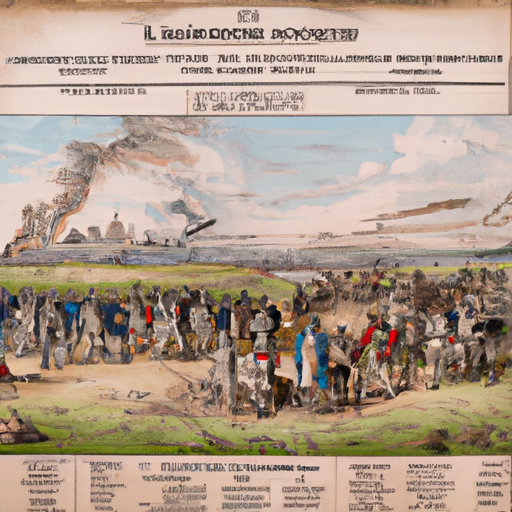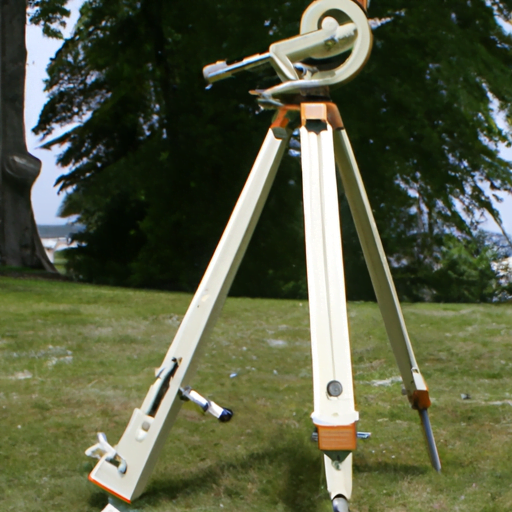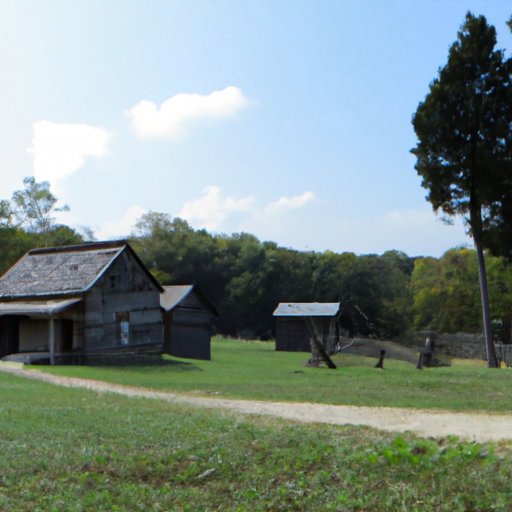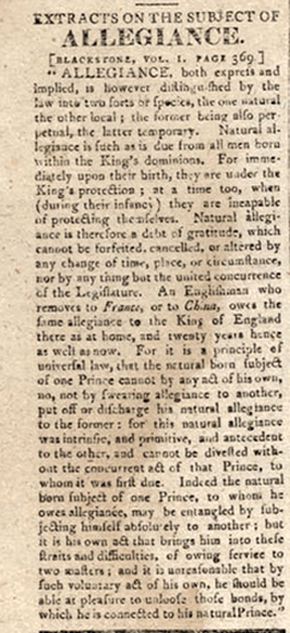From The Story of Dartmouth, by John P. Martin:
A packet-boat from England which arrived on Saturday, May 21, 1814, brought the most welcome news in 20 years to Governor Nicholas D’Anseville still in exile at Woodlawn. Napoleon had abdicated; and the Bourbon King Louis XVIII was being restored!
Mrs. Lawson, in her History of Dartmouth, says that the enthusiasm and excitement of the old Governor knew no bounds. Dressing himself in the old royalist uniform with the white hat of the Bourbons, he abandoned his customary dignity, and marched up and down the road during one whole afternoon, shouting “Vive La France”.
In the autumn of 1814, smallpox broke out in an alarming manner in the village of Dartmouth. Dr. Samuel Head, prominent Halifax auctioneer, recommended Seth Coleman as a man competent to render the inhabitants medical aid, because “He has long been in the habit of assisting people of Dartmouth, and has thereby acquiring considerable knowledge of diseases occurring among them”.
On orders from Lieut. Governor Sir John Sherbrooke, Mr. Coleman subsequently vaccinated over 400 poor persons in Dartmouth and Preston, with great success.
See also:

